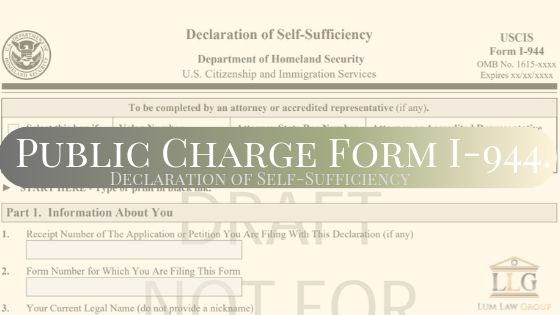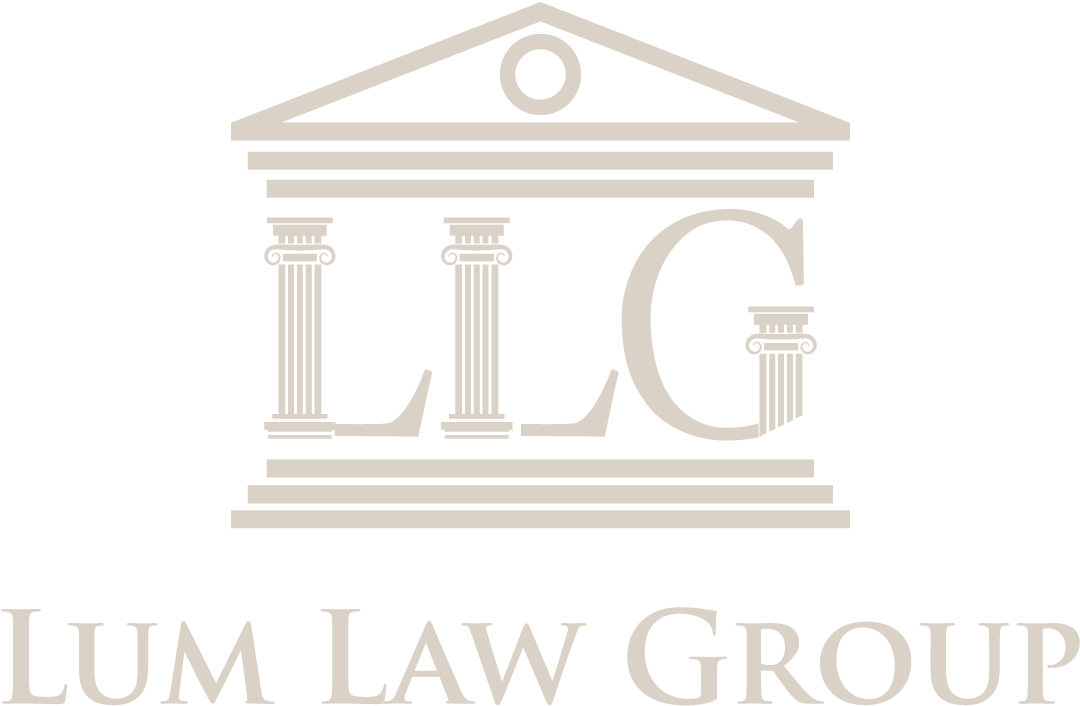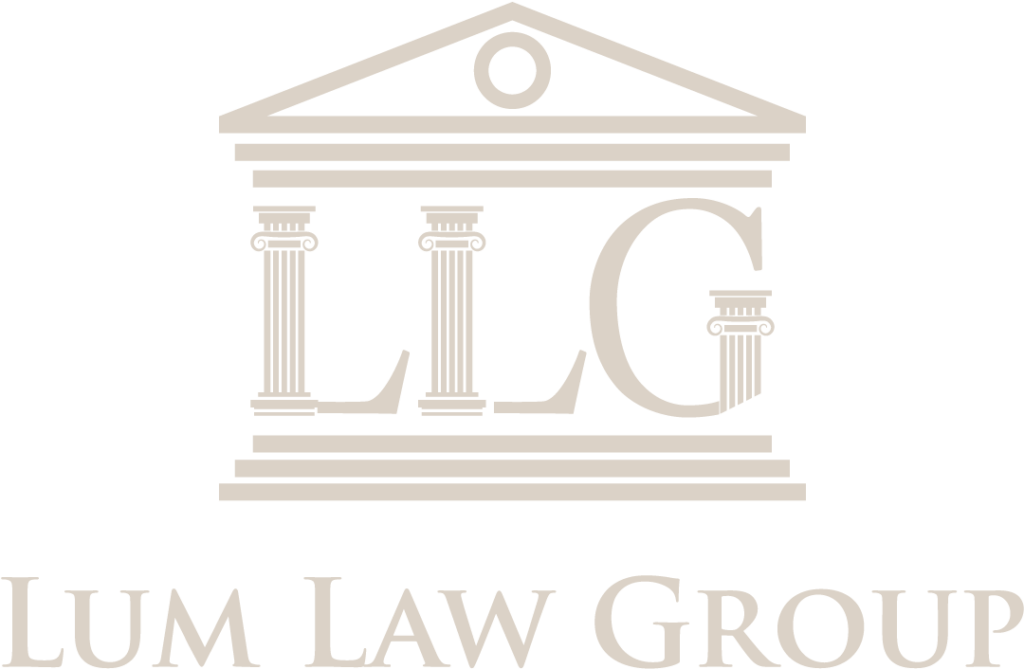What is the new Public Charge Form I-944 Declaration of Self-Sufficiency?

After finalizing the new Public Charge of Inadmissibility rule, United States Immigration and Citizenship Services (USCIS) has announced that new green card applicants will be required to file a “declaration of self-sufficiency”. The not-yet-released Form I-944 is an additional requirement for all Form I-485 Application to Register Permanent Residence or Adjust Status submissions starting October […]
Getting married? Start planning for your immigration adjustment now!

Many of our clients come to us for assistance with their Adjustment of Status (I-485), better known as green card, applications, thinking it will be as simple as filling out a form and paying the filing fee. It is not. Those who come to us after receiving a Request for Evidence (RFE) or worse–an Intent […]

